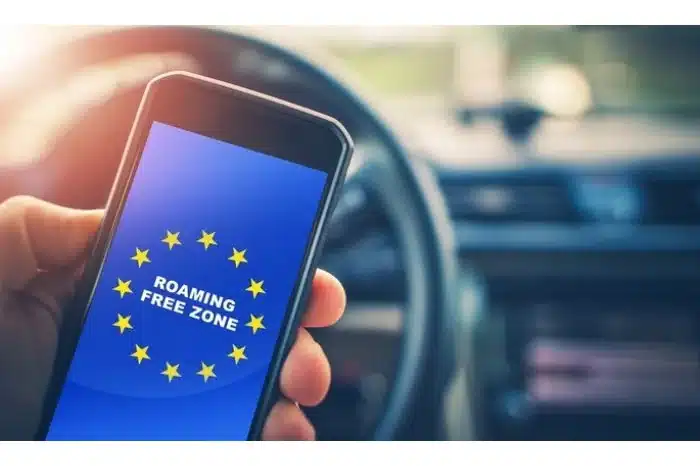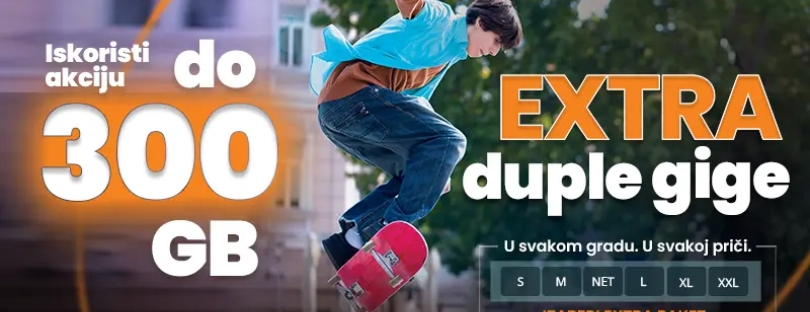
Vodafone Germany activates LTE-M nationwide
“LTE-M is the next component in our network so that people, machines and sensors can communicate with one another at any place and at any time,” says Vodafone Germany’s head of technology, Gerhard Mack. “We build mobile communications with four levels. With LTE we connect people with their smartphones. Narrowband IoT is our machine network for sensors. LTE-M enables the exchange between people and machines. And 5G is always used wherever real-time data exchange and huge bandwidths are needed, ”says Mack.
Voice control and small amounts of data Vodafone Germany LTE-M
The LTE-M technology transmits, similar to the Narrowband IoT machine network, on the low 800 megahertz frequencies. The advantage is that these frequencies bring the network particularly far into the country and even deep underground—for example, in underground garages, cellars, or in industrial halls. The machine network Narrowband IoT is optimized for energy-saving communication from machine to machine or from sensor to sensor. LTE-M expands the technology so that people can also communicate with machines in the Internet of Things – via the exchange of data as well as via telephony. For example, factory employees can control production machines with voice instructions. When we as private people, fall in the basement,
Ideal for networking sensors that move in different locations
Another difference between LTE-M and the machine network Narrowband IoT: Narrowband IoT is optimized to network sensors and machines at a fixed location. For example, the water meter in the cellar or sensors in agriculture that determine current soil values in the field. LTE-M, on the other hand, masters the so-called handover. The data (voice and data) are thus transferred directly and without delay from mobile radio station to mobile radio station when there is movement. LTE-M is therefore particularly suitable for networking sensors and people who are on the move and in different places: These can, for example, be tracking sensors of parcels in logistics that are traveling all over Germany.
Small amounts of data with little energy Vodafone Germany LTE-M
In contrast to the new 5G generation of mobile communications , LTE-M is particularly suitable for exchanging small and medium-sized amounts of data. The maximum bandwidth that this network technology can achieve is 2 megabits per second. This is completely sufficient for the transmission of a lot of sensor data.
The transmission of huge amounts of data – for example with augmented reality – is not possible with LTE-M. Here 5G is used, depending on the frequency range used with bandwidths of up to one gigabit per second. And: In contrast to LTE-M, 5G enables data exchange in real time.
Use of LTE-M immediately
Business customers can now use the technology throughout Germany to connect people with machines. There are special business customer tariffs for the networking of man and machine via the new LTE-M network. Private customers should also be able to use LTE-M with the first wearables in the near future in order to transfer data in a more energy-efficient manner.









